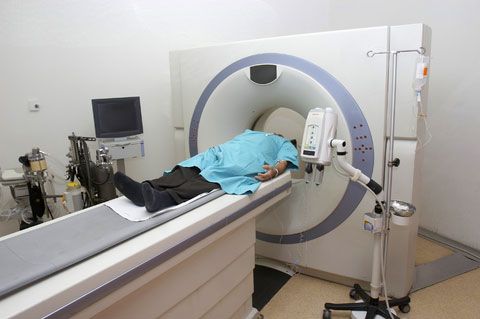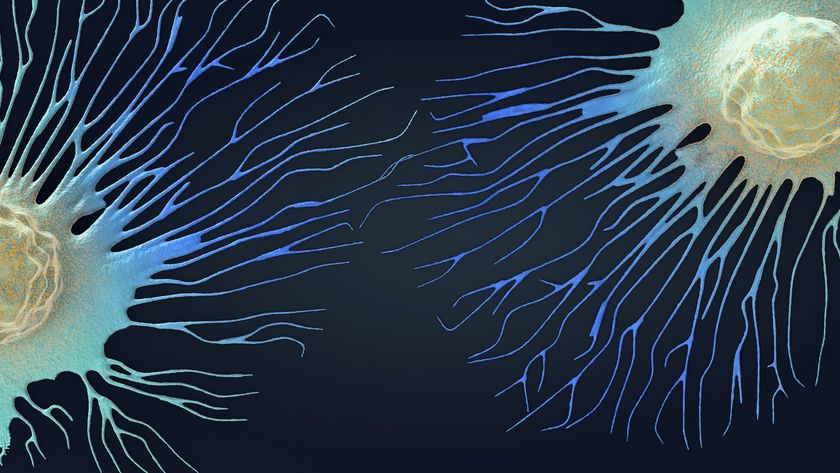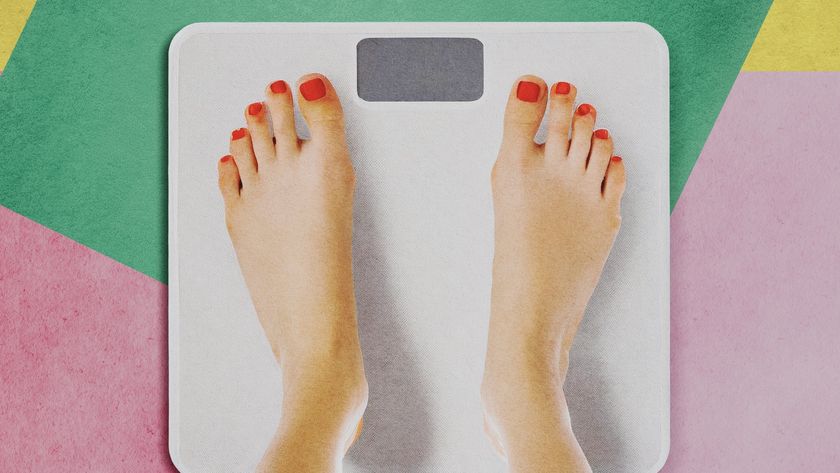Use of Expert Testimony Questioned in Malpractice

A new study calls to the stand the legitimacy of expert witnesses, those doctors and other medical specialists hired by lawyers in medical malpractice suits to convince the jury that someone somewhere goofed.
The study, published in the August issue of the American Journal of Roentgenology, implies that you get what you pay for — which is a good thing for malpractice lawyers, who can hire those experts who deliver the "right" answer or who benefit from hindsight in their medical interpretations.
For this study, a team of researchers led by Richard Semelka, a professor of radiology in the School of Medicine at the University of North Carolina at Chapel Hill, sent six CT scans (of various parts of the body) to 31 radiologists. Five of the CT scans captured a range of injuries seen in an emergency room, and one CT scan of the spine was from a lawsuit. The radiologists were blinded to which scan was which, and they were asked to interpret them as they would in an emergency room under normal working circumstances.
Interpreting a CT scan can be a subjective art; yet between 30 and 31 of the total 31 radiologists subjectively came to the same, independent conclusion that was different from the paid expert witnesses in that legal case — an interpretation of the scan that was indeed similar to what the sued radiologist had concluded.
Fractured judgment
What was striking was the uniformity among radiologists, with a range of professional experience and workplace settings. One of the CT scans showed three obvious medical problems, as a baseline test of expertise, and all the radiologists identified them correctly. Another CT scan matched the scan in the lawsuit — fractures and soft tissue damage from a car accident — and 30 of 31 radiologists got this right.
Three other CT scans were random — new scans pulled from Semelka's institution to simulate a real-life emergency room caseload. Again, the radiologists were mostly in agreement.
Sign up for the Live Science daily newsletter now
Get the world’s most fascinating discoveries delivered straight to your inbox.
And now we turn to exhibit A, the CT scan in the medical malpractice suit, which ultimately was settled out of court for an undisclosed sum. None — that is, 0 out of the 31 radiologists who proved themselves as pros in interpreting five other CT scans in this study — saw two of the medical problems identified by the four expert witnesses hired in the case: a fracture in one of the vertebrae, and a 1-millimeter widening between one of the vertebral joints, the latter being at the crux of the lawsuit.
To err is human, to sue American
The UNC-led study doesn't point blame at any of the parties involved. The four paid expert witnesses might have been brilliant, able to see the subtle 1-mm widening. Or, they might have benefited from hindsight, identifying the widening on the CT scan after it was clear from subsequent scans that there was indeed injury to the vertebrae.
At issue, the study's authors say, is whether there was negligent standard care. If 31 out of 31 radiologists would have made largely the same call (19 out of 31 did identify a less-relevant fracture that the paid experts saw but original radiologist didn't), then there was no negligence and no basis of a lawsuit.
The authors conclude using radiologists who are blinded to both the medical outcome and the litigation may be a more objective way of determining whether or not the standard of care has been met. This, in turn, might reduce the number of unwarranted medical malpractice suits. Ultimately this could reduce health care costs, which are inflated as a result of medical malpractice premiums, insurance claims, and medical damages awarded.
The authors also stressed that error is an unavoidable part of medical practice; that malpractice litigation is necessary to protect patients from negligence; but that error, or a misdiagnosis, is not synonymous with malpractice. Seems like a rallying call for blind justice.
- Top 10 Controversial Psychiatric Disorders
- Dark Side of Medical Research: Widespread Bias and Omissions
- Top 10 Mysterious Diseases

Christopher Wanjek is a Live Science contributor and a health and science writer. He is the author of three science books: Spacefarers (2020), Food at Work (2005) and Bad Medicine (2003). His "Food at Work" book and project, concerning workers' health, safety and productivity, was commissioned by the U.N.'s International Labor Organization. For Live Science, Christopher covers public health, nutrition and biology, and he has written extensively for The Washington Post and Sky & Telescope among others, as well as for the NASA Goddard Space Flight Center, where he was a senior writer. Christopher holds a Master of Health degree from Harvard School of Public Health and a degree in journalism from Temple University.
Most Popular




